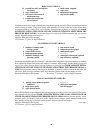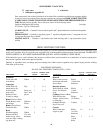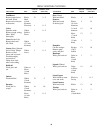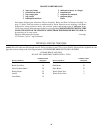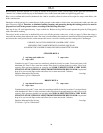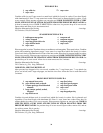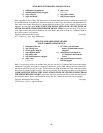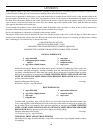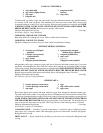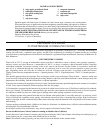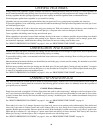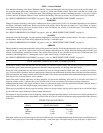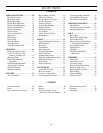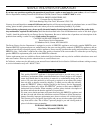
38
OATMEAL APPLE CRISP
4 cups apples, peeled and sliced 1 teaspoon cinnamon
1 tablespoon lemon juice
1
⁄
2
teaspoon salt
1 cup quick cooking oats
1
⁄
3
cup melted margarine
1
⁄
3
cup flour 2
1
⁄
2
cups water
1
⁄
2
cup brown sugar
Sprinkle apples with lemon juice. Combine oats, flour, brown sugar, cinnamon, salt, and margarine.
Place alternate layers of apples and oat mixture (beginning with and ending with apples) in a buttered
metal bowl that will fit loosely in cooker. Cover bowl firmly with aluminum foil. Pour water into cooker.
Place bowl in steamer basket in cooker. Close cover securely. Place pressure regulator on vent pipe and
COOK 20 MINUTES WITH A VERY SLOW, STEADY FLOW OF STEAM ESCAPING FROM
THE PRESSURE REGULATOR. Release pressure quickly.
Nutrition Information Per Serving 6 servings
321 Calories, 11 g Fat, 0 Cholesterol
PRESSURE CANNING
IN YOUR PRESSURE COOKER AND CANNER
Pressure canning is recommended by the United States Department of Agriculture, Washington, D.C., as the only safe method for
canning low-acid foods —vegetables, meat, poultry, and fish. These instructions for canning at 15 pounds pressure are according
to research done by the Department of Food Science and Nutrition, Agricultural Experiment Station, University of Minnesota, St.
Paul, Minnesota.
WHY PRESSURE CANNING?
Water boils at 212° F. (except in mountainous regions) and this is sufficient to arrest or destroy some spoilage organisms—
enzymes, molds, and yeast. However, a temperature of 240° F. or above is needed to destroy harmful bacteria, especially
clostridium botulinum. In pressure canning, some of the water in the Pressure Cooker-Canner is converted to steam and,
after all air is exhausted through the vent pipe and air vent/cover lock in cover, the pressure regulator is placed on vent
pipe. Expanding steam will close the air vent/cover lock and will then create pressure. As pressure within the Pressure
Cooker-Canner increases, temperature increases—5 pounds pressure—228° F., 10 pounds pressure—240° F., 15 pounds pressure—
250° F.
Four specific agents produce food spoilage. They are enzymes, molds, yeast, and bacteria. Three of them . . . enzymes, molds, and
yeasts are easily destroyed by heat during the processing. Bacteria, especially clostridium botulinum, can be destroyed only with
temperatures above boiling. And their destruction is of prime importance.
If enzymes are not destroyed, the quality of food is lowered. Unchecked mold may spread through the entire contents of a container
of food. Yeast causes fermentation. Bacteria spoilage falls into four groups:
(1) Fermentation, recognized by the formation of gas and acid, which causes food to sour, (2) Flat Sour, in which acid is produced,
but no gas is formed, (3) Putrefaction, characterized by gas, bad odor, and sometimes by darkening of food, (4) Toxins or poison-
ous substances which may show no visible signs of spoilage unless other spoilage organisms are also present.
As a safeguard against using canned foods that may be affected with spoilage that is not readily detected, it is necessary to boil
all low-acid foods (all vegetables, meats, poultry, and seafood) to detect any odors or foaming from spoilage. If the food does not
smell or look right, discard it without tasting. Many times odors that cannot be detected in the cold product will become evident
while heating.
To detect spoilage at altitudes below 1,000 feet, boil foods for 10 minutes. At altitudes above 1,000 feet, add an additional minute
of boiling time for each additional 1,000 feet.
Foods high in acidity, fruits and tomatoes, may also be canned in a Pressure Cooker-Canner.
Do not use this Pressure Cooker-Canner for canning at altitudes above 3,000 feet.
Use this Pressure Cooker-Canner for canning only half pint and pint jars. The Cooker-Canner will hold up to five half pint jars, up
to four regular pint jars, or up to three wide mouth pint jars at one time.
Note: For maximum canning capacity, you may want to remove the handles on the steamer basket.



